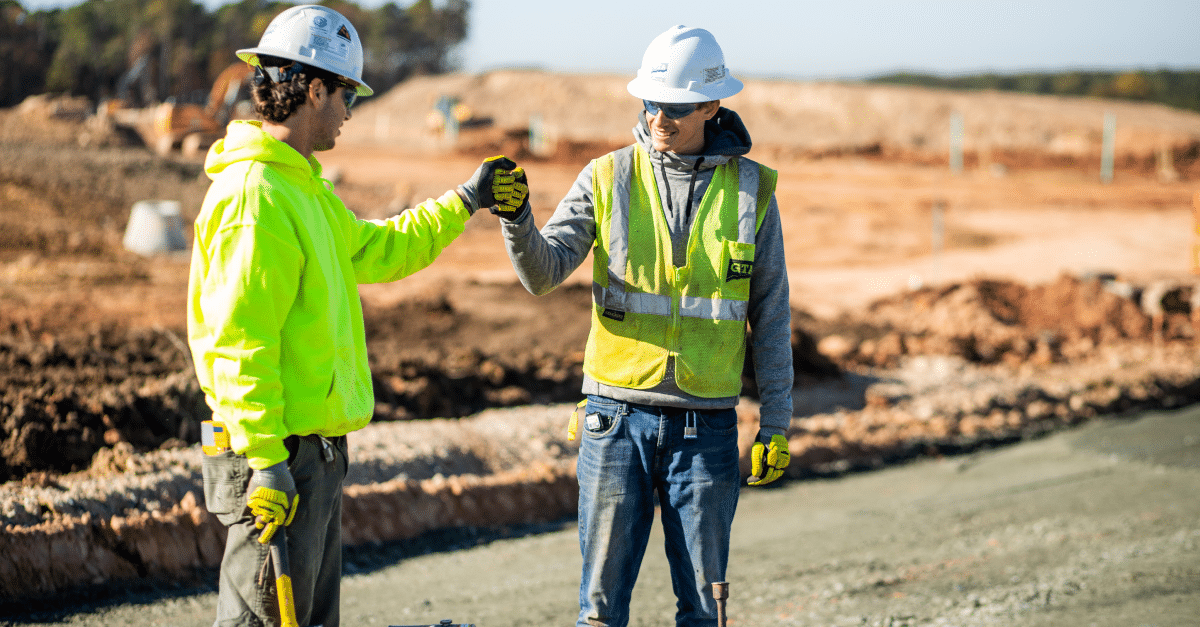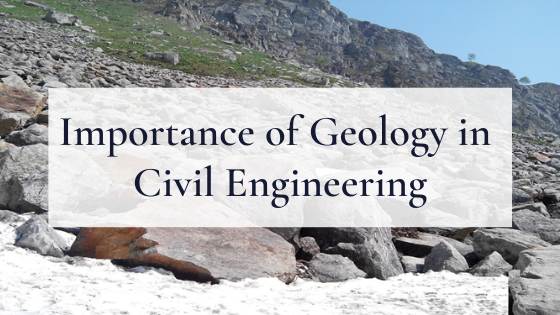Geotechnical Engineering For Construction Projects Fundamentals Explained
Geotechnical Engineering For Construction Projects Fundamentals Explained
Blog Article
Not known Details About Geotechnical Engineering For Construction Projects
Table of ContentsThe Greatest Guide To Geotechnical Engineering For Construction ProjectsGeotechnical Engineering For Construction Projects for DummiesNot known Incorrect Statements About Geotechnical Engineering For Construction Projects Getting My Geotechnical Engineering For Construction Projects To WorkGeotechnical Engineering For Construction Projects - The Facts
Throughout the investigation, it is important to pierce at the needed depth and the needed number of openings as per the referral of the Canadian Foundation Design standard. Sometimes, the owner might conserve some Geotechnical Examination price however finish up investing even more than the prepared for during the building and construction price.The responsibilities of the geotechnical specialist include supplying material screening for building support. Geotechnical Engineering for Construction Projects. Geotechnical designers analyse all the area test reports to guarantee that building is going on based on the job spec. During construction, a confirmatory test for soil compaction is done on-site to guarantee that no future settlement occurs
After the concrete is put -7 days and 28 days- examinations are conducted on concrete examples gathered from the site to make sure that the concrete poured satisfies the design criterion. Asphalt core is taken after the Asphalt is laid and compressed to confirm that it satisfies the design criterion. All lab test records are evaluated by the Geotechnical Engineer to make sure that it fulfills the project spec.
What Does Geotechnical Engineering For Construction Projects Do?

Geotechnical engineering plays an important duty in making certain the security of building and construction projects. Learn how it affects layout and general project success. Geotechnical design is an essential branch of civil engineering that focuses on comprehending the behavior of earth products, such as dirt and rock. It entails evaluating subsurface conditions to make sure that a structure's foundation or facilities is steady and protected.

For a reputable structure and a smooth construction procedure, trust fund to provide the proficiency you require. Contact to get expert recommendations and geotechnical solutions tailored to your next project.
Unknown Facts About Geotechnical Engineering For Construction Projects
When starting a land development project, recognizing the ground below your feet is as vital as the structures you prepare to develop over it. Our Geotechnical Engineering team evaluate the ground, ensuring it appropriates for the recommended growth while supplying you with the details called for to meet your project objectives.
Geotechnical Engineering checks out the development of the ground, as it is the structure obstructs for all projects. Where frameworks require to be created with respect to the ground conditions; ground conditions (e.g., soft ground) may call for strengthening relying on the dimension of the desired structure. Prior to building, you need to learn about the groundwater, soil framework, and liquefaction possibility of your land.
For sites that are not attached on the local authority facilities added site examinations would certainly be required to provide technical inputs for on-site stormwater and wastewater. We have actually experienced Geotechnical Engineers based in each workplace, sustaining your geotechnical needs nationwide. Get to out to us to review exactly how we can sustain your following task.
These reports are customized to meet the specific requirements of a project and include layout criteria and suggestions for the construction of a range of Check This Out man-made structures. As giving working as a consultant services covering areas such as slope security and load-bearing abilities for various materials, these designers undertake study and growth tasks to enhance methodologies, devices, products knowledge and analysis covering entire lifecycles.
All about Geotechnical Engineering For Construction Projects

Rates of pay normally enhance as your understanding and abilities grow, with guidelines aiming to a graduate starting wage of in between 18,000 and 28,000 per year in the UK. This increases to 26,000 to 36,000 with a few years of experience and afterwards getting to 40,000 to 60,000+ for elderly, chartered or master engineers.
Nevertheless, with the best application it is possible to master the occupation and gain entry to a tough yet rewarding and important occupation. A geologist would need to re-train to become a geotechnical engineer, although there is lots of cross-over between both careers, which might make this much easier - Geotechnical Engineering for Construction Projects. Geologists need to have an understanding of dirts, rocks and various other products from a clinical viewpoint, while geotechnical engineers tale their expertise of issues such as dirt and rock mechanic, geophysics and hydrology and apply them to design and environmental jobs
When starting, these designers will certainly often tend to work on less complicated tasks, constructing up knowledge and experience ready for even more difficult job later. Geotechnical designers have a tendency to be experts in specific locations as they expand in experience, concentrating on particular infrastructures such as trains, roads or water. These engineers additionally deal with renewable resource, offshore and onshore oil and gas, nuclear power, and much more.
The 5-Minute Rule for Geotechnical Engineering For Construction Projects
The moment taken to end up being a geotechnical designer relies on where you are based, where you research and internet what degree of education you wish to achieve before getting in the work environment. Are you going to check out an instruction, take a college degree or deal with towards a Master's or PhD? Generally-speaking it takes 3-4 years to get to the standard requirements to begin helpful resources a job as a geotechnical engineer.
These procedures enable specialists to evaluate a host of dirt technicians including weight, porosity, void-to-solid bit proportion, permeability, compressibility, maximum shear stamina, bearing capability and contortions. If the structure requires a deep structure, designers will utilize a cone penetration examination to estimate the amount of skin and end bearing resistance in the subsurface.
When examining an incline's equilibrium of shear stress and shear stamina, or its ability to hold up against and go through motion, rotational slides and translational slides are generally taken into consideration. Rotational slides stop working along a rounded surface area, with translational slides taking place on a planar surface. A professional's goal is to identify the problems at which an incline failing could take place.
Typically, searchings for recommend that a website's dirt need to be treated to enhance its shear toughness, tightness and permeability prior to design and building. When it comes time to lay out structure plans, experts are progressively concentrated on sustainability, more specifically how to lower a structure's carbon footprint. One technique has actually been to change 20 percent of a foundation's concrete with fly ash, a waste item from coal fire nuclear power plant.
Report this page